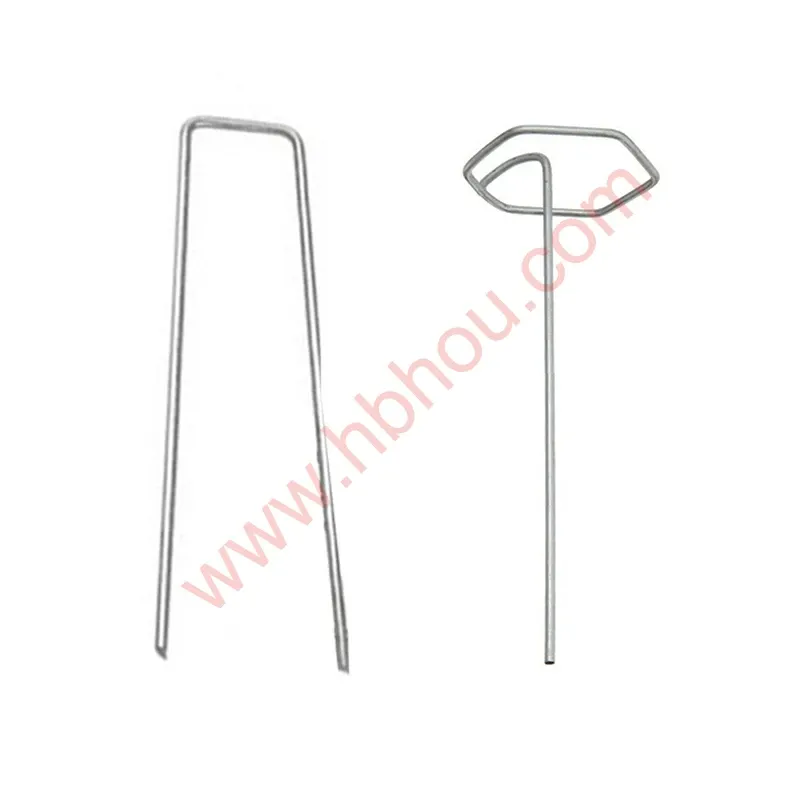The Benefits and Applications of Gabion Retention Walls
Gabion retention walls have gained significant popularity in modern civil engineering due to their unique construction, environmental advantages, and aesthetic appeal. As a sustainable alternative to traditional concrete walls, gabions offer an innovative solution for soil stabilization and erosion control in various settings.
What are Gabion Retention Walls?
Gabion walls are structures made of large wire mesh cages filled with rocks, stones, or other materials. These cages, or gabions, are assembled on-site and stacked to create a robust wall system that can absorb and retain soil and water. The porous nature of gabion walls allows for natural drainage, reducing hydrostatic pressure against the wall, which is a common issue with solid concrete barriers.
Advantages of Gabion Retention Walls
1. Environmental Sustainability One of the primary benefits of gabion walls is their eco-friendliness. The materials used to fill the gabions can often be sourced locally, reducing transportation emissions. Additionally, these walls can promote vegetation growth, allowing plants to thrive in the crevices of the stones, further enhancing the ecosystem and increasing biodiversity.
2. Cost-Effectiveness Gabion walls are generally more affordable than traditional retaining walls. The materials needed for construction—rocks and wire mesh—are usually less expensive than concrete or masonry. Moreover, the installation process is relatively straightforward, which can significantly lower labor costs.
3. Versatility Gabion walls can be used in a wide range of applications, including residential landscaping, road construction, riverbank stabilization, and even as decorative features in parks and gardens. Their flexibility allows them to fit various design requirements, from functional to aesthetic.
4. Durability and Longevity When properly constructed, gabion walls can last for decades. The stones within the gabions are resistant to weathering, and the steel mesh can withstand corrosion, especially when treated with protective coatings. This durability makes gabion walls suitable for areas subject to harsh environmental conditions.
gabion retention wall

5. Erosion Control Gabion retention walls excel at controlling soil erosion. Their design allows for effective water drainage, which minimizes soil washout and maintains the integrity of surrounding landscapes. This quality makes them particularly useful in areas prone to heavy rainfall or flooding.
Applications of Gabion Retention Walls
Gabion walls have numerous applications across various sectors
- Civil Engineering Projects Engineers often use gabion walls for road construction, especially in slopes, where soil stability is crucial. They help protect roads from landslides and prevent soil loss along embankments.
- Water Management In hydraulic engineering, gabion walls are effective in riverbank stabilization. By controlling water flow and reducing erosion, they help maintain river integrity while protecting adjacent properties.
- Landscaping In residential and commercial landscaping, gabion walls can serve as attractive features. They can be used to create terraces, seating areas, and landscaping boundaries, blending functionality with beauty.
- Environmental Restoration Gabion walls are used in projects aimed at restoring habitats. They can help stabilize creek banks, promote plant growth, and recreate natural environments, benefiting local wildlife.
Conclusion
In conclusion, gabion retention walls represent a forward-thinking approach to traditional engineering challenges. Their combination of durability, cost-effectiveness, and environmental benefits makes them an ideal choice for a wide range of applications. As more engineers and construction professionals recognize the advantages of these innovative structures, it is likely that gabion walls will continue to play a significant role in sustainable construction practices. Embracing such eco-friendly solutions will not only benefit individual projects but also contribute to a more sustainable future for our built environment.
















